
Environment
Hiding in plain sight
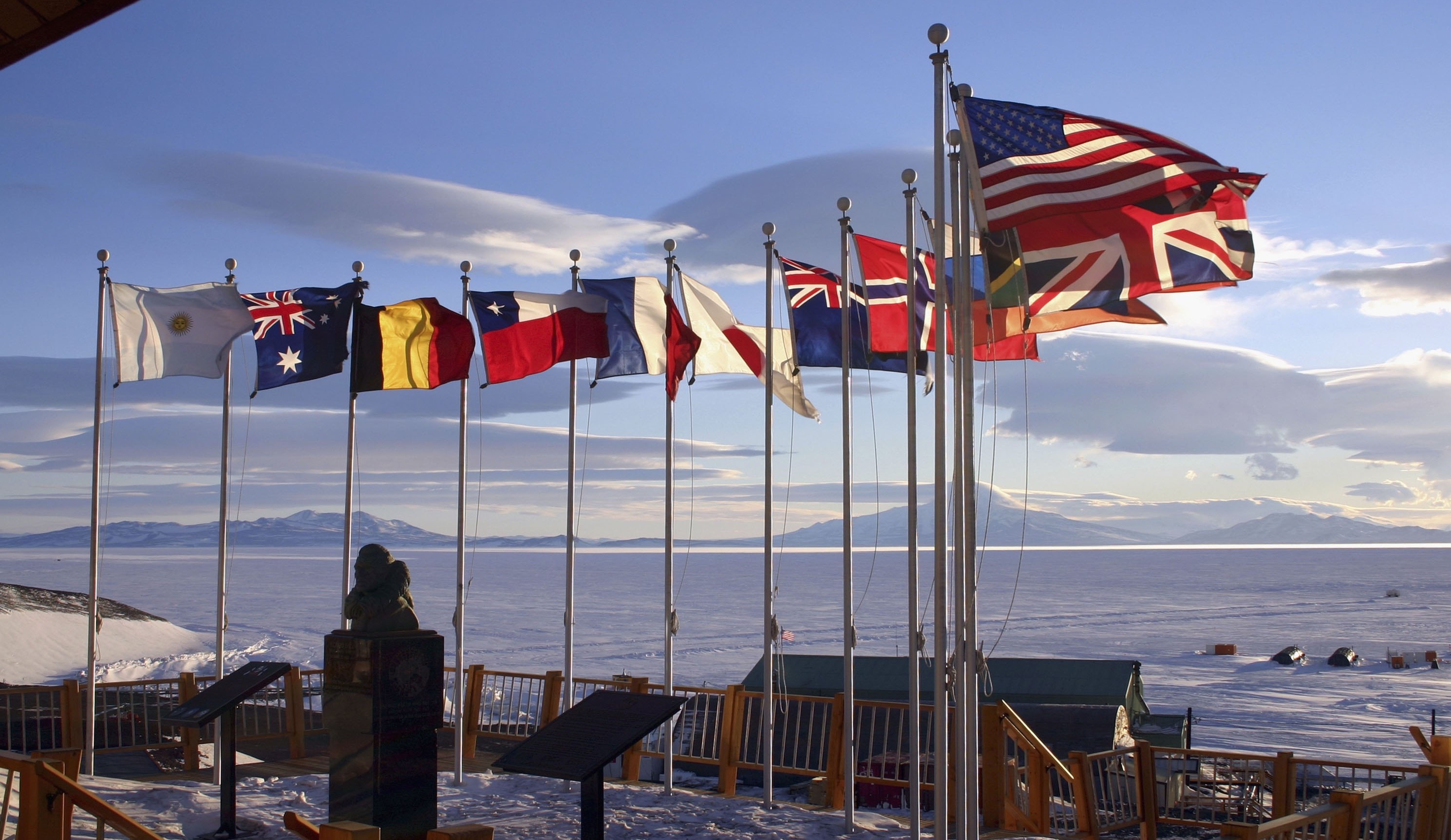
Sixty years ago, countries around the world came together at a time of frosty global politics to establish the Antarctic Treaty, but its focus was on diplomacy rather than the environment
Published 30 May 2019
Today, when many of us think of Antarctica we imagine a pristine continent – a frozen but fragile landscape with a rich ecosystem – and its melting is symbolic of the current global environmental crisis.
But this hasn’t always been the case.
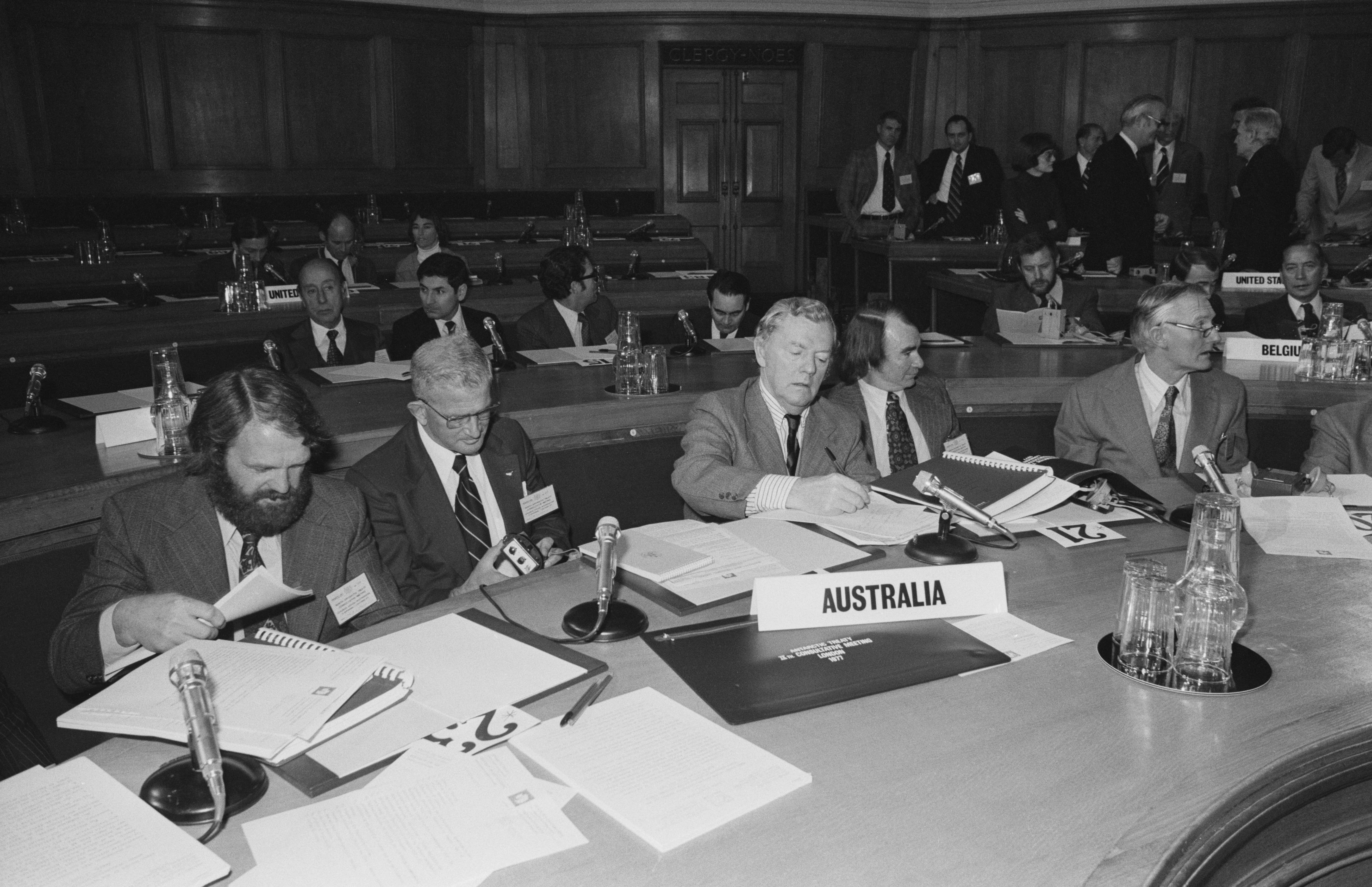
This year marks 60 years since the signing of the Antarctic Treaty, when 12 countries set out how Antarctica would be managed.
The 12 original signatory nations – Argentina, Australia, Belgium, Chile, France, Japan, New Zealand, Norway, South Africa, the United Kingdom, the United States of America and the Soviet Union – put aside political differences to agree on a common cause.
But surprisingly, the agreement barely mentions the natural environment or how it should be protected.

Environment
Hiding in plain sight
Dr Alessandro Antonello, a Research Fellow in the School of Historical and Philosophical Studies, has been researching the evolution of the Antarctic Treaty System as it’s now known and its impact on our cultural and scientific understanding of Antarctica.
In the late 1950s, when the Antarctic Treaty was negotiated, global politics was only just emerging from a period of crisis.
Countries around the world were still recovering from the effects of two World Wars and the threat posed by the Cold War between the United States and the Soviet Union loomed large in people’s minds.
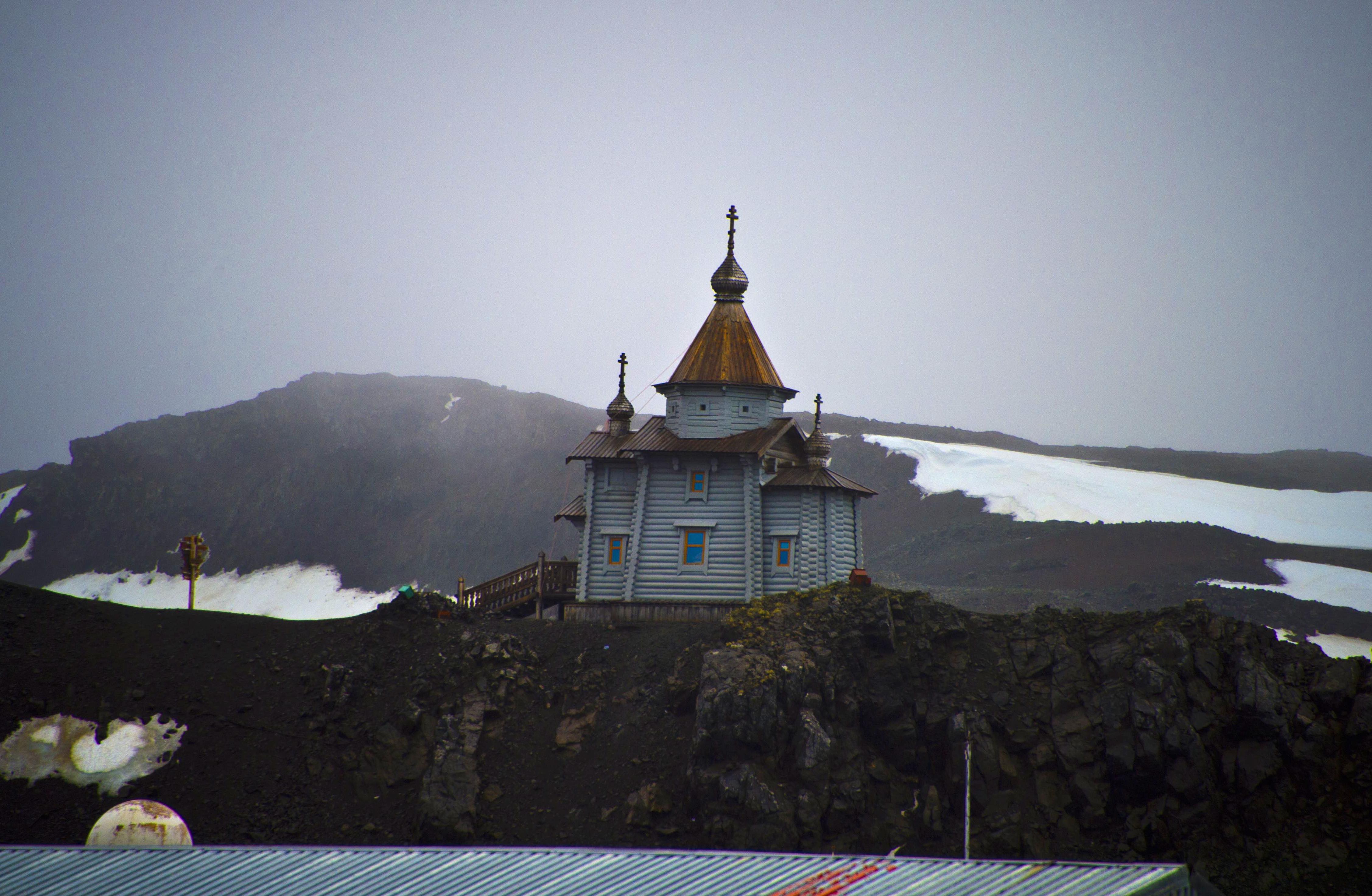
And although some political tensions had eased, Antarctica – Earth’s only continent without a native human population – posed a potential threat for open conflict.
At the time, seven different countries had territorial claims on regions of Antarctica, three of which were overlapping. So, one of the initial intentions of the treaty was to avoid potential disputes over territorial claims.
According to Dr Antonello, although the treaty was successful in preventing any escalation in hostilities, it also provided a new stage on which countries could advance their global political standing.

Sciences & Technology
Classroom Antarctica
“In their search for order and stability, power and authority, the Antarctic Treaty states and their scientists, instead of strictly maintaining their original and limited political agreement to manage their territorial disagreements, found opportunities to advance their own position,” he says.
“They strategically took opportunities to assemble an international order for the conservation and preservation of the environment, as well as an “exclusive” space for themselves.”
But, says Dr Antonello, there was only one subparagraph in the entire Antarctic Treaty that directly mentions conservation.
“While the treaty is concerned with Antarctica as a place for peaceful scientific study, it has a relatively inert and geophysical concept of the environment. This subparagraph is the only one that relates to the living parts of the Antarctic environment.”

So, it becomes clear that environmental concerns weren’t a significant motivating factor behind the treaty. Instead the political manoeuvring was about resolving tensions over territorial claims for a region that contains the world’s largest store of freshwater, rich fisheries, as well as huge potential reserves of oil and gas.
In fact, the point is made explicit in the treaty which says “in the interests of all mankind that Antarctica shall continue forever to be used exclusively for peaceful purposes and shall not become the scene or object of international discord.”

Environment
Exploring the birthplace of monster waves
It’s through this geopolitical jostling that followed the signing of the Antarctic Treaty that our understanding of Antarctica began to change, says Dr Antonello.
Firstly, there was a transformation from the idea that Antarctica was a sterile and hostile wilderness, to the sense that it’s a living and fragile continent.
Secondly, in response to this change, there was a further negotiation of a set of international treaties and agreements to ensure the conservation and protection of the Antarctic environment.
In fact, in the two decades that followed there were four major agreements that would transform the way Antarctica was managed.
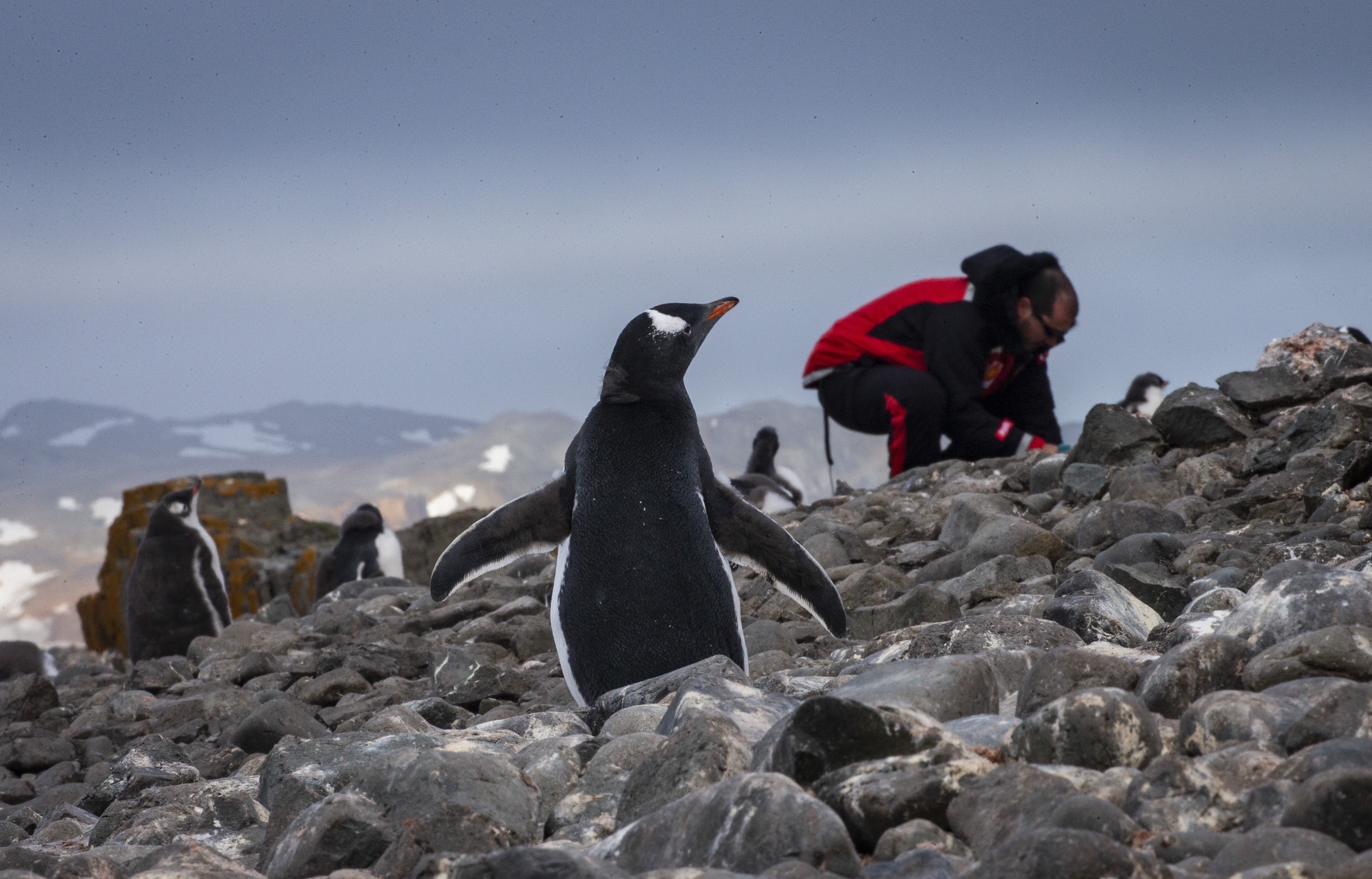
The first was the Agreed Measures for the Conservation of Antarctic Fauna and Flora in 1964, which ensured a unified approach to protecting native fauna and flora. That was followed by the Convention for the Conservation of Antarctic Seals in 1972.
By the late 1970s, there was an agreement focusing on the question of mineral resources and exploitation, and the fourth agreement, signed in 1980, was the Convention on the Conservation of Antarctic Marine Living Resources that was rooted in the marine ecosystem.

Sciences & Technology
How do aerosols help our atmosphere clean itself?
By the end of the 1970s, says Dr Antonello, our scientific and cultural understanding of Antarctica shifted.
“By 1980, the Antarctic wasn’t simply, as the historian Stephen Pyne put it, ‘a white spot on the globe’, but a complex region of life with an equally complex human regime engaging with and managing it,” says Dr Antonello.
“By seeing and recognising the various elements of the whole Antarctic environment — the terrestrial and marine ecosystems, the geological elements — the countries involved in the Antarctic Treaty were creating new ground for relations.”
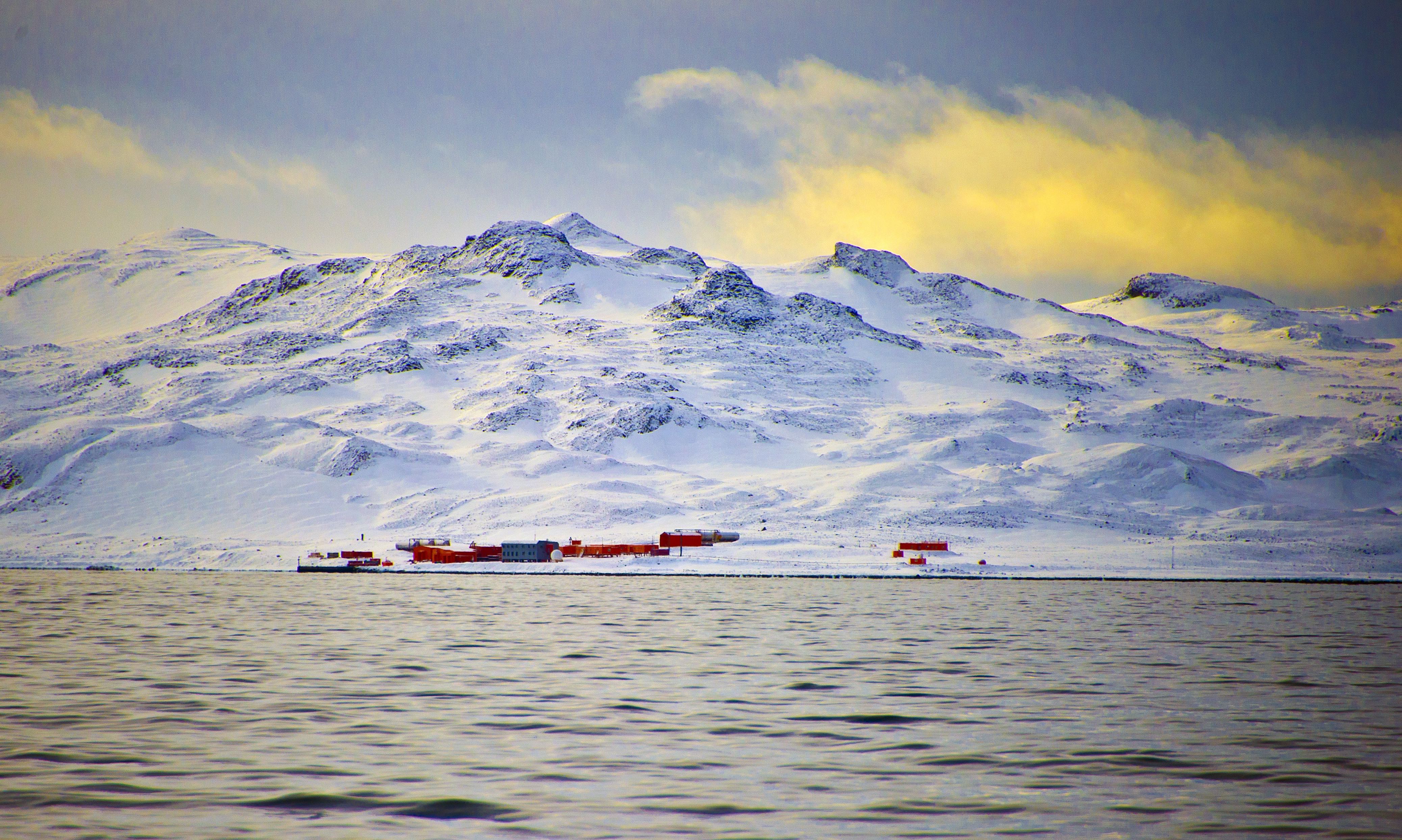
Although the concept of what Antarctica is and how it should be managed has changed vastly in the 60 years since the signing of the Antarctic Treaty, what becomes clear through Dr Antonello’s research is the complex interaction between global politics and the natural world.
Through the process of negotiating and implementing the Antarctic treaties these agreements have been instrumental in shaping our modern understanding of Antarctica as a complex continent in need of human protection.
Dr Alessandro Antonello’s new book The Greening of Antarctica: Assembling an International Environment is published by Oxford University Press and is available online.
Banner: Getty Images